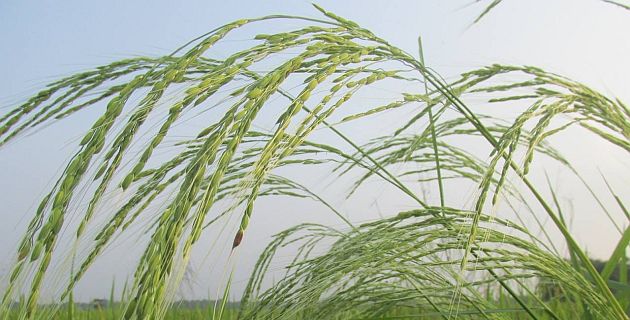
Tulaipanji (Bengali: তুলাইপাঞ্জি) is an Indian rice cultivar from Uttar Dinajpur. Tulaipanji is an indigenous aromatic rice landrace grown mainly in Raiganj sub-division of North Dinajpur district of West Bengal, India. Aroma and quality of this rice variety is strongly associated with its native origin. In 2012, the Government of West Bengal sent Tulaipanji rice to the food festival at the London olympics.
Tulaipanji is categorized as ‘non-Basmati aromatic rice’. It has medium-long slender grain with an average length 5.5 mm, length/breadth ratio 3.4 and elongation ratio 1.6. Cooked rice is tasty, good in texture, bright in appearance, non-sticky and friable due to high amylosecontent. Tulaipanji contains amylose- 28.3%, protein-7.3%. It has comparable quality parameters like 77.1% hulling, 65% milling, 54.2% head rice recovery and alkali value at 4.0.
Traditionally, Tulaipanji is grown without using any fertilizer in mid-land to high-land condition and preferably in jute harvested fields, after rainy season during August-December period. Low soil fertility and moisture stress generally prevail in the growing field and believed to be the key factor behind the aroma. Inorganic fertilizers are generally not used due to reduction in aroma and other qualitative parameters.

 September 12th, 2015
September 12th, 2015  udzp
udzp  Posted in
Posted in 


